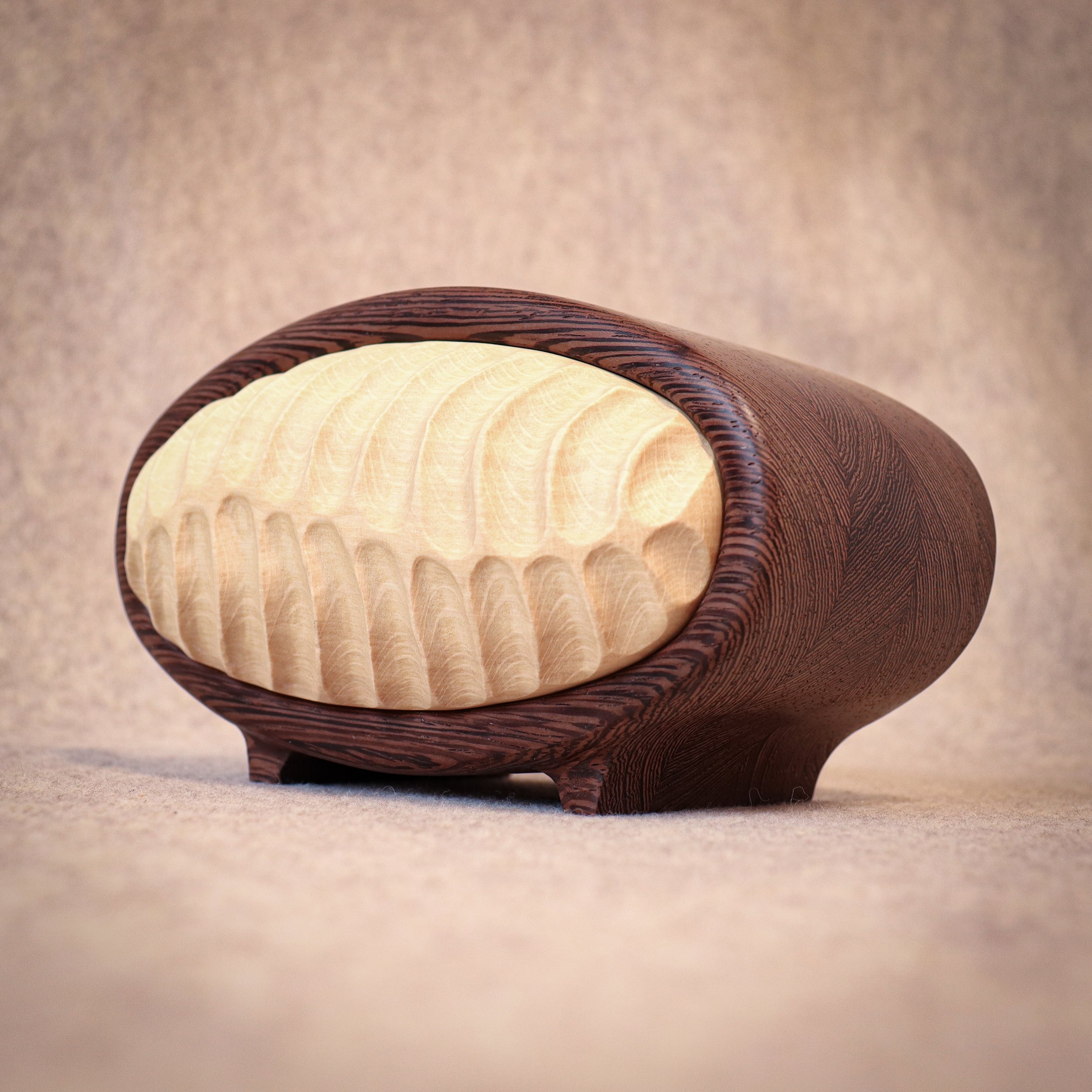Crafting Texture: A Beginner’s Look Into Wood Texture
Embark on an exciting journey as a beginner in woodworking, specifically exploring the art of creating diverse wood textures for bandsaw boxes. Texture adds character and depth to your projects, turning them into unique expressions of craftsmanship. This educational guide will unravel the techniques and tools to bring your bandsaw boxes to life with captivating textures.
Understanding Wood Grain:
The foundation of creating striking wood textures lies in understanding the grain patterns of the wood you're working with. Wood grain refers to the arrangement of fibers, and it plays a crucial role in how different textures will appear on the finished surface. Take time to examine and appreciate the unique grain of each wood species.
Essential Tools for Texture Creation:
1. Chisels and Gouges:
Utilize carving chisels for removing wood in controlled, detailed areas.
Gouges are versatile tools for creating various textures, from smooth curves to intricate patterns.
2. Rasps and Files:
Rasps are excellent for shaping and refining wood surfaces, adding a rougher texture.
Needle files offer precision in creating fine details and intricate textures.
3. Sanding Blocks and Abrasives:
Varying grits of sandpaper and sanding blocks help smooth surfaces or maintain a rough texture, depending on your design.
Popular Wood Texturing Techniques:
1. Relief Carving:
Carve away wood around a design to create raised elements, adding depth and visual interest.
2. Burnishing:
Using a burnishing tool to compress wood fibers creates a smooth, polished surface.
3. Wire Brushing:
Run a wire brush across the wood to accentuate and raise the grain, providing a weathered or rustic texture.
4. Dremel Carving:
Employ a rotary tool like a Dremel for intricate detailing and fine-textured designs.
Tips for Beginners:
1. Start Simple:
Begin with straightforward textures and gradually progress to more intricate patterns as your skills develop.
2. Wood Selection:
Experiment with different wood species to observe how each responds to various texturing techniques.
3. Safety First:
Always wear appropriate safety gear, including gloves and eye protection, especially when using carving tools.
4. Practice on Scrap Wood:
Before committing to your bandsaw box project, practice your chosen texturing techniques on scrap wood to refine your skills.
Congratulations on taking your first steps into wood texturing for bandsaw boxes. As you explore the unique characteristics of wood grain and experiment with various tools and techniques, you'll unlock the potential to infuse your projects with personality and charm. Embrace the creative process, stay patient, and let the textures you carve become a testament to your evolving craftsmanship. Happy woodworking!



